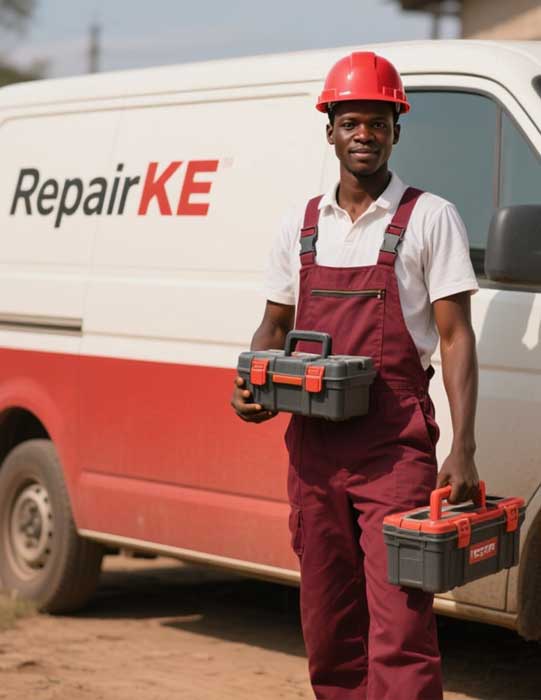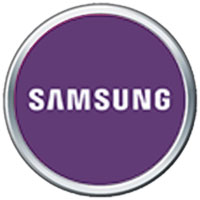
How Television Installation and Wall Mounting is Done
Professional TV installation and wall mounting transform your space into a modern, organized entertainment hub. By following the outlined steps and hiring certified technicians, you ensure a safe, durable setup that enhances your viewing pleasure. With costs ranging from Ksh 1,500 to 10,000 for services and Ksh 500 to 30,000 for spare parts, budgeting for quality installation is key to long-term satisfaction. For reliable services in Nairobi, contact providers like Starlink Installers Kenya (+254100720022) or Television Repair KE (0101763173) to get started. Television installation and wall mounting have become popular in Kenyan homes and offices, offering a sleek, space-saving solution that enhances viewing experiences. Properly mounting a TV requires technical expertise, the right tools, and an understanding of the space and equipment. This article outlines the step-by-step process of professional TV installation and wall mounting, along with estimated costs for services and spare parts in Kenyan Shillings (Ksh).
Understanding the Process
Professional TV installation and wall mounting involve more than just fixing a bracket to a wall. It requires careful planning to ensure safety, optimal viewing angles, and a clean, organized setup. Below is a detailed breakdown of the steps involved:
1. Initial Consultation and Site Assessment
The process begins with a consultation to understand the client’s needs. Technicians assess the room’s layout, wall type (e.g., drywall, brick, or concrete), and the TV’s size and weight. They also consider the viewing height, typically at eye level when seated (about 1.5 to 2.5 meters from the ground), and the distance from the viewing area. For instance, the Society of Motion Picture and Television Engineers recommends a viewing angle of no more than 30 degrees for optimal experience.
2. Selecting the Right Mount
Choosing the appropriate wall mount is critical. There are several types of TV mounts:
- Flat Mounts: Fixed in one position, ideal for a rigid setup.
- Tilt Mounts: Allow vertical angling for better viewing from different heights.
- Full-Motion/Turn Mounts: Offer flexibility to tilt and swivel, perfect for multi-angle viewing.
- Multipurpose Mounts: Designed for complex setups, such as corner installations.
The mount must be compatible with the TV’s size and VESA (Video Electronics Standards Association) pattern. Technicians ensure the mount can support the TV’s weight and is suitable for the wall material.
3. Locating Wall Studs and Preparing the Wall
Using a stud finder, technicians locate wall studs to ensure the mount is securely anchored. For drywall or plasterboard walls, additional reinforcement may be needed, as these materials may not support heavy TVs. Brick or concrete walls are more robust but require specialized drills and anchors. The technician marks the mounting points, ensuring the bracket is level.
4. Installing the Wall Mount
The wall mount bracket is fixed to the wall using appropriate screws and anchors. For drywall, toggle bolts or heavy-duty anchors are used, while masonry walls require masonry screws. A level is used to ensure the bracket is perfectly aligned. This step is crucial to prevent the TV from tilting or falling.
5. Attaching the TV to the Mount
Brackets are attached to the back of the TV, following the manufacturer’s instructions. With assistance, the TV is carefully lifted and hooked onto the wall mount, ensuring it locks securely into place. Technicians verify that the TV is level and stable.
6. Cable Management and Device Connection
To achieve a clean look, cables are neatly dressed or concealed. In-wall cord concealment or external cord masking may be offered for an additional cost. Technicians connect video and audio components, such as soundbars, DVD players, or gaming consoles, using HDMI, optical, or other necessary cables. The TV is then configured to ensure all peripherals function correctly.
7. Final Testing and Adjustments
The setup is tested to confirm the TV is secure, the picture quality is optimal, and all connected devices work seamlessly. Adjustments are made to the tilt or swivel if needed, and the client is briefed on how to operate the system.
Benefits of Professional Installation
Hiring professionals ensures safety, as improper mounting can lead to TV damage or wall accidents. Experts also optimize the viewing experience, manage cables for a tidy appearance, and provide warranties on their work. In Kenya, professional services save up to 30% more space in living areas and enhance ergonomics.
Estimated Costs of Services and Spare Parts
The cost of TV installation and wall mounting in Kenya varies based on TV size, mount type, wall material, and additional services like cable concealment. Below are tabulated estimates in Kenyan Shillings (Ksh) based on market trends in Nairobi and surrounding areas.
Table 1: TV Wall Mounting Service Costs
| Service Type | TV Size | Estimated Cost (Ksh) |
|---|---|---|
| Flat Wall Mount Installation | 24"–43" | 1,500–3,000 |
| Flat Wall Mount Installation | 43"–65" | 3,000–5,000 |
| Tilt Wall Mount Installation | 24"–43" | 3,000–4,000 |
| Tilt Wall Mount Installation | 43"–65" | 4,000–6,000 |
| Full-Motion/Turn Mount | 24"–65" | 4,000–8,000 |
| Multipurpose/Special Mount | Any Size | 6,000–10,000 |
| In-Wall Cable Concealment | Any Size | 2,000–5,000 (additional) |
| Soundbar Installation | Any Size | 1,500–3,000 (additional) |
Table 2: Spare Parts Prices
| Spare Part | Estimated Cost (Ksh) |
|---|---|
| Flat Wall Mount Bracket (24"–43") | 1,000–1,300 |
| Flat Wall Mount Bracket (43"–65") | 1,500–3,000 |
| Tilt Wall Mount Bracket | 3,000–4,000 |
| Full-Motion/Turn Wall Bracket | 4,000–6,000 |
| HDMI Cable (1.5m–3m) | 500–1,500 |
| Optical Cable | 800–2,000 |
| Replacement Remote Sensor | 1,000–2,500 |
| Power Supply Board | 3,000–7,000 |
| TV Motherboard | 5,000–15,000 |
| Replacement Display Panel | 10,000–30,000 |
Note: Prices are approximate and may vary by service provider, location, and TV brand. Always request quotes from certified technicians.
Tips for Choosing a Service Provider
- Check Certifications: Ensure the provider is experienced and certified.
- Read Reviews: Look for customer feedback on platforms like Airtasker or social media.
- Request Quotes: Compare prices from multiple providers for the best deal.
- Verify Warranty: Confirm if the service includes a warranty (e.g., 3-year warranty offered by some providers).




